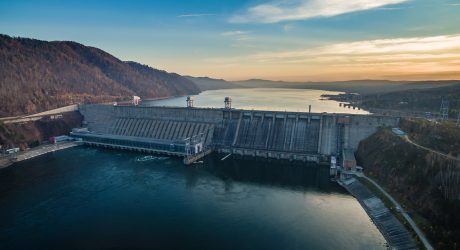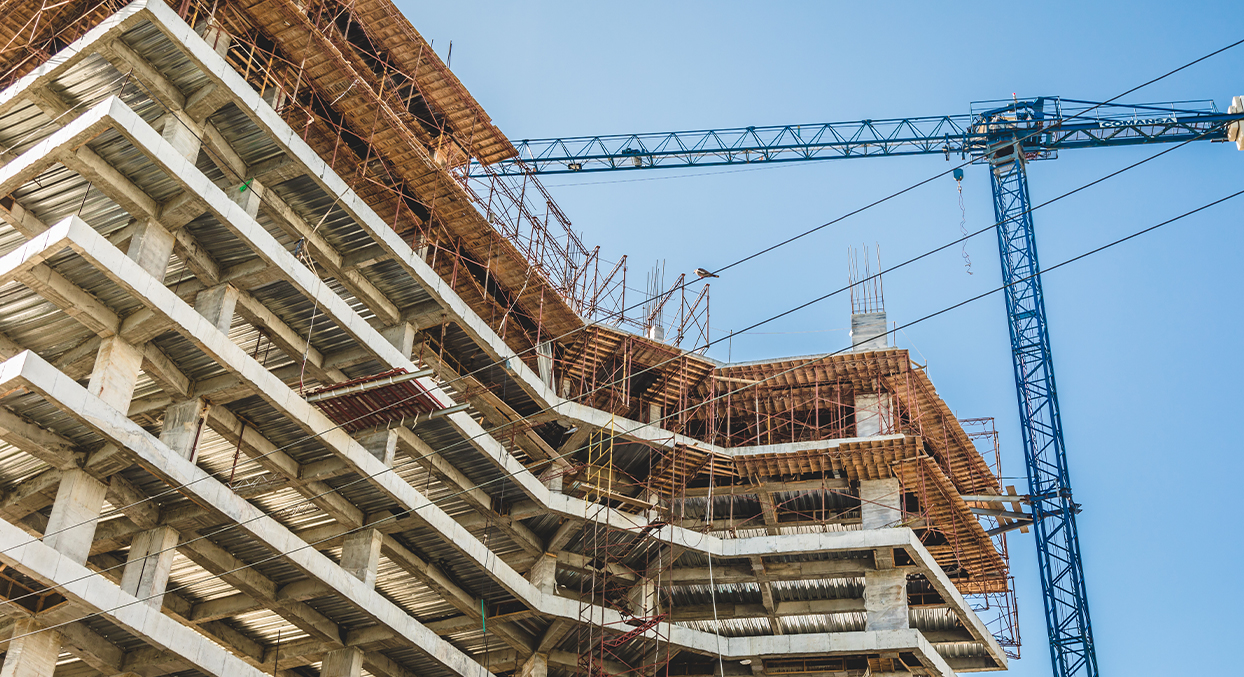The Supreme Court has found in favour of SSE Generation Ltd and held that expenditure incurred in constructing a hydroelectric power station at Loch Ness qualified for capital allowances. The appeal turned on whether part of the structure was a “tunnel” or “aqueduct” and was therefore excluded from the scope of capital allowances on the provision of plant. The decision offers clarity on the interpretation of the capital allowances legislation and may assist those making similar claims.
David Pickstone and Anastasia Nourescu review the Supreme Court’s judgment in HMRC v SSE Generation Ltd and its wider impact on the capital allowances regime.
Relevant legislation
Part 2 of the Capital Allowances Act 2001 (“CAA 2001”) sets out the legislation in relation to capital allowances for plant and machinery. Under section 11, such allowances are available to persons carrying on a qualifying activity who have incurred qualifying expenditure.
Chapter 3 of Part 2 of CAA 2001 sets out a number of categories of expenditure that do not qualify for capital allowances. This includes expenditure on the provision of a structure or other asset in List B, which is set out in section 22 of CAA 2001. In particular, Item 1 of List B excludes “[a] tunnel, bridge, viaduct, aqueduct, embankment or cutting” from the scope of capital allowances.
Background to the appeal
SSE Generation Ltd (“SSE”) built and operated the hydroelectric power station at Glendoe in Scotland between 2006 and 2012. It is a state-of-the-art facility that generates electricity from the flow of water at high pressure from a dammed area through a water turbine that engages a generator. After leaving the dammed area, the water is routed through various underground conduits that gather and convey it to its ultimate discharge into Loch Ness. The underground location of these conduits is specific to the Glendoe power station and was chosen to optimise water pressure, thus lowering the costs of running the plant and its environmental impact.
SSE claimed capital allowances on expenditure incurred in constructing the power station in the amount of £260m. HMRC only accepted part of the claim in the amount of £34m. It disallowed the remainder on the basis that the disputed items were included in List B and were therefore excluded from the scope of capital allowances. SSE appealed HMRC’s decision.
The First-tier Tribunal (“FTT”), the Upper Tribunal (“UT”) and the Court of Appeal largely found in SSE’s favour and allowed most of the expenditure claimed on the basis that the items did not fall within List B and the exclusion did not therefore apply.
The Court of Appeal’s judgment also raised an interesting procedural point. Following the FTT decision, HMRC appealed to the UT, but SSE did not apply for permission to appeal in respect of the small number of items the FTT had disallowed. Instead, SSE raised these points in its respondent’s notice. While the UT found this to be permissible, the Court of Appeal held that as SSE had not applied for permission to appeal in relation to those points, it could not raise them on appeal. This was not pursued before the Supreme Court. In any event, this anomaly has now been corrected through an amendment to rule 24 of the Tribunal Procedure (Upper Tribunal) Rules 2008, which now allows a respondent to seek permission to appeal in its respondent’s notice.
The Supreme Court’s decision
In its judgment (HMRC v SSE Generation Ltd [2023] UKSC 17), the Supreme Court dismissed HMRC’s appeal and upheld the Court of Appeal’s decision. In his lead judgment, Lord Hamblen considered the meaning of the terms “tunnel” and “aqueduct” in Item 1 of List B and whether the disputed items fell to be excluded.
In reaching its conclusion, the Supreme Court held that in deciding between two possible ordinary meanings of a word, a “thematic connection which explains the grouping of items in a list” is “an important part of the statutory context”. The theme linking the terms in Item 1 of List B is “that of structures related to the construction of transportation routes or ways”. In that context, a tunnel is “a subterranean passage through an obstacle for a way (such as a railway, road, or canal) to pass through”. The court rejected HMRC’s suggestion that the definition of a tunnel is broader and covers any underground passage serving any purpose. The Court of Appeal was right to draw “a line in the sand” and find that the word carried a narrower meaning in context.
The court applied a similar interpretation to the term “aqueduct” and found it was “a bridge-like structure for carrying water, which includes but is not limited to carrying a canal”. This was a wider definition than the UT and the Court of Appeal adopted, which held that an aqueduct was a “bridge-like structure carrying a canal”. The Supreme Court thus addressed HMRC’s criticism that the narrower definition was unrealistic as those types of aqueducts had not been built for over 100 years.
Why does the decision matter?
The capital allowances regime is complex and includes many terms not defined in the legislation. In this context, any decision of the courts that clarifies the meaning of the statutory wording is welcome. In particular, the Supreme Court has provided helpful confirmation that in construing the meaning of certain terms, close attention must be paid to the statutory drafting technique. As here, it matters whether items are grouped (as in the case of the exclusions in List B) or listed (as in the case of List C, which limits the application of the earlier exclusions).
HMRC’s attempt to construe the exclusions in List B broadly to catch as many items of expenditure as possible is unsurprising in light of its increased focus on tax relief claims. We expect HMRC’s activity in this area to continue to pick up given its mandate to increase collections and raise more revenue.
You can find further information regarding our expertise, experience and team on our Tax Litigation and Resolution page.
If you require assistance from our team, please contact us.
Subscribe – In order to receive our news straight to your inbox, subscribe here. Our newsletters are sent no more than once a month.






